Have you ever noticed your cat suddenly hiding when certain people visit your home? Maybe your feline friend becomes unusually clingy when you’re stressed about work or relationships. This isn’t just coincidence or your imagination.
Cats can sense certain types of negative energy to some extent, and this ability goes far beyond simple animal instincts. Their remarkable capacity to read human emotions and detect subtle environmental changes makes them incredibly perceptive companions who often know things about us before we do.
The Scientific Foundation Behind Feline Energy Detection
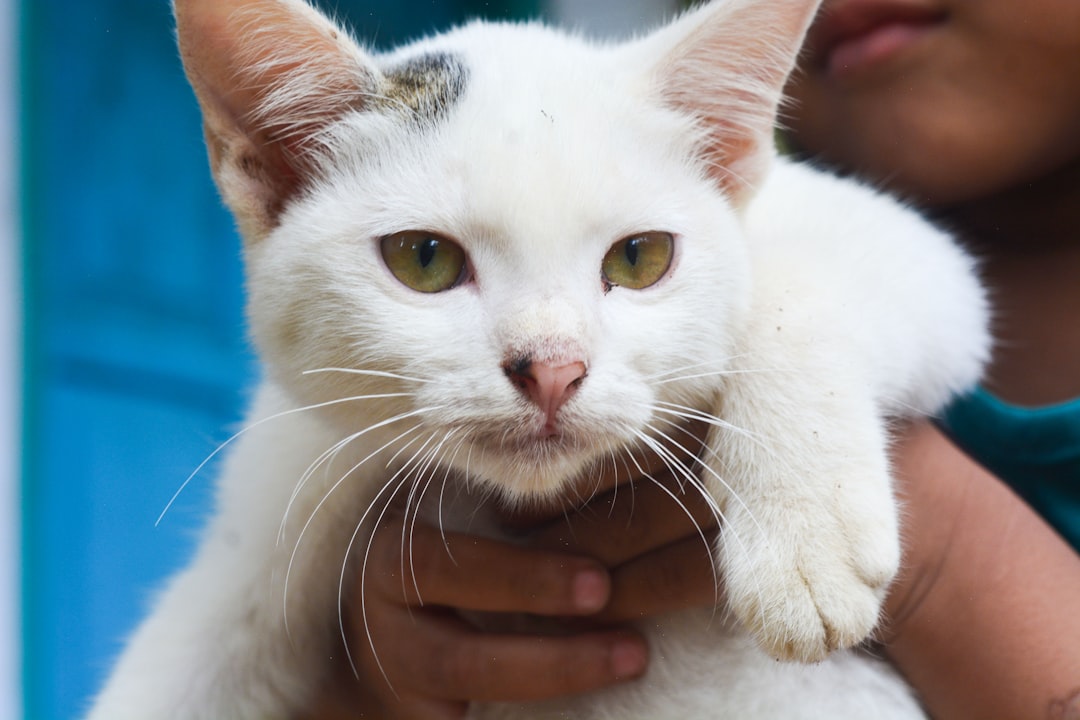
Research has found that cats can understand some human emotions and respond to them accordingly. This isn’t mystical magic, but rather a fascinating combination of evolutionary adaptation and sensory prowess. Research has examined cats’ ability to recognize emotions in people and how that recognition impacted the kitties’ behavior. This research demonstrated that cats could recognize happiness and anger based on their owners’ voices and facial expressions.
What’s particularly striking is that cats seem to spend more time with depressed individuals. This indicates that at some level, they might be able to perceive a shift in our mood or general “energy”. Think of it like having a furry emotional barometer living in your home, constantly monitoring the atmospheric pressure of human feelings around them.
Superior Sensory Equipment: The Hardware Behind Cat Intuition
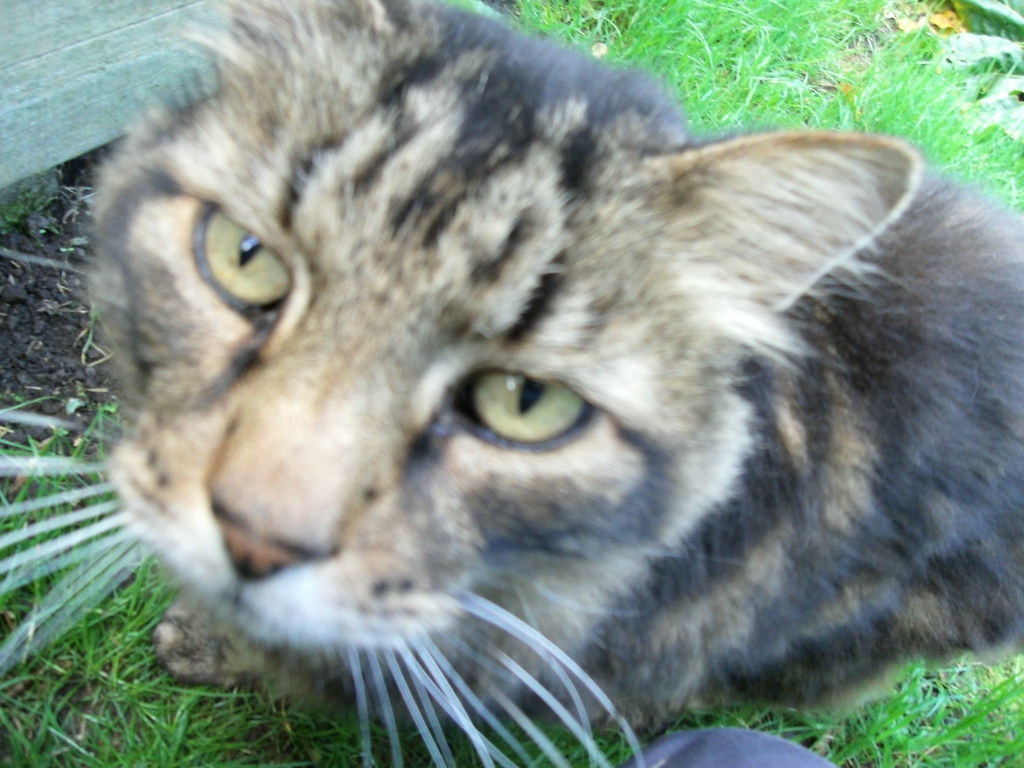
Cats are good at detecting movement in low light, have an acute sense of hearing and smell, and their sense of touch is enhanced by long whiskers that protrude from their heads and bodies. These senses evolved to allow cats to hunt effectively at dawn and dusk. However, these same predatory adaptations make them incredibly sensitive to environmental changes that might indicate “bad energy.”
A domestic cat’s sense of smell is significantly stronger than humans’, with about 14 times more olfactory receptors. This means they can detect chemical changes in our bodies that occur when we’re stressed, anxious, or upset. Cats may detect changes in our demeanor through the scents we naturally emit, picking up on hormonal fluctuations that signal emotional distress.
Their hearing is equally impressive. Cats can hear much higher-pitched sounds, up to around 64 kHz, extending well above human hearing range. This superhuman auditory range allows them to perceive subtle changes in breathing patterns, heart rates, and vocal tensions that might accompany negative emotions.
Reading Human Facial Expressions and Body Language
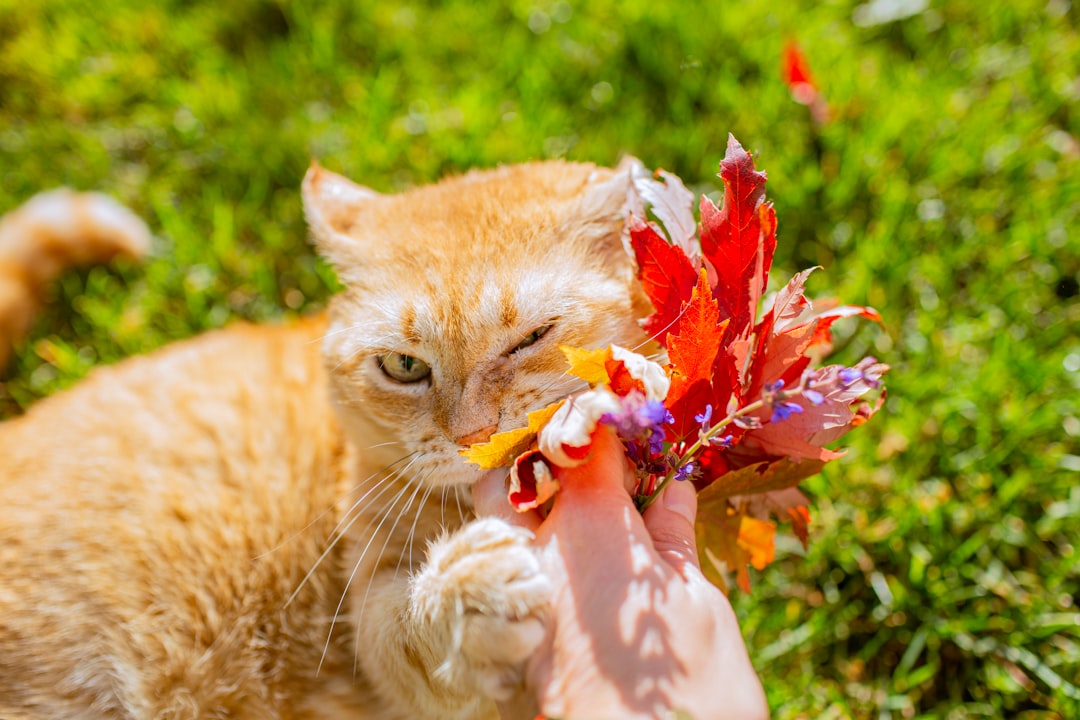
One of the most remarkable discoveries in feline research is their ability to interpret human faces. Cats may not be able to understand our words, but they’re highly intuitive and gifted at reading our emotions. Cats are relatively adept at understanding the faces you make when you’re feeling emotions like happiness, anxiety, or anger.
This facial recognition ability works in tandem with their observation of body language. Cats pick up on body language and gestures, but they also use their olfactory ability to smell pheromones and pick up on hormone secretion. When a person is stressed, anxious or afraid, they will display various signs. Cats can pick up on the body posture of a person that is afraid, but they can also smell adrenaline secretion and other fear hormones.
Imagine having a detective who never sleeps, constantly analyzing every micro-expression and physical gesture you make. That’s essentially what living with a cat entails, though thankfully they use this information for emotional support rather than blackmail.
The Connection Between Cat Behavior and Human Anxiety
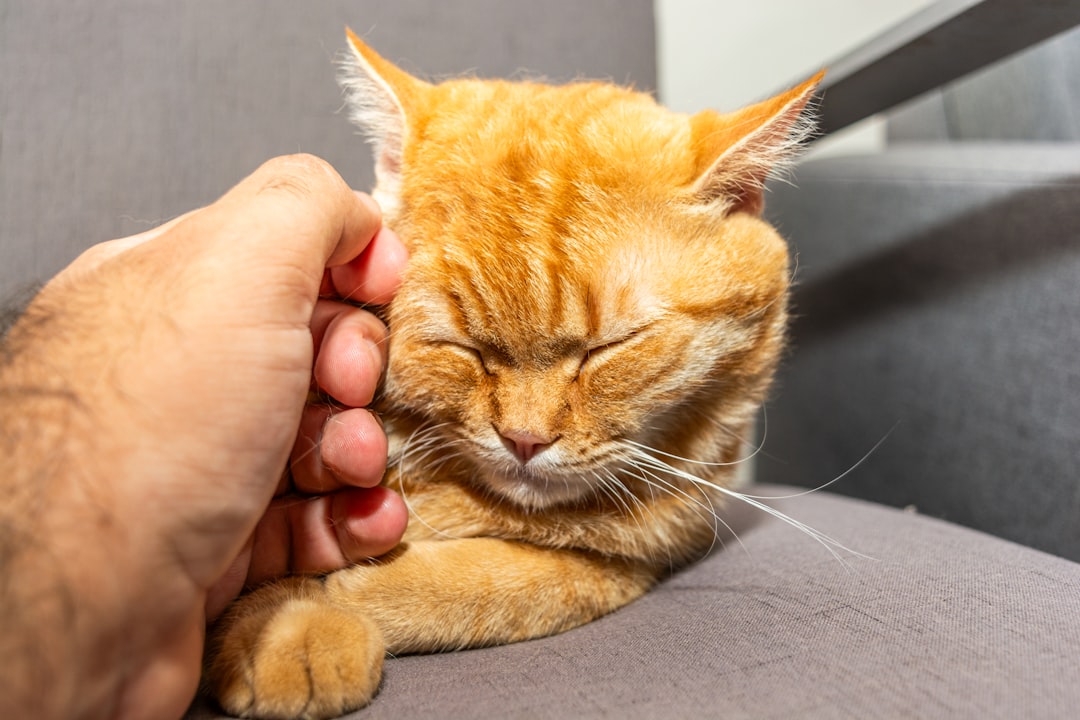
Researchers found that cats with anxious owners were more likely to develop behavioral problems, including aggression and anxiety. They were also more likely to have stress-based medical problems and to be overweight. Clearly, cats can not only sense bad energy but be negatively impacted by it as well.
This creates a fascinating feedback loop where cats don’t just detect negative energy, they actually absorb and mirror it back to some degree. The cats in the study also showed signs of stress when they recognized that their owners were giving off “bad energy” or anger. It’s like living with an emotional sponge that soaks up whatever energy you’re putting out into the world.
This phenomenon explains why many cat owners notice their pets becoming more clingy during difficult periods in their lives. Your cat isn’t just being needy; they’re responding to genuine changes in your emotional and chemical output that signal distress.
How Cats Respond to Negative Energy
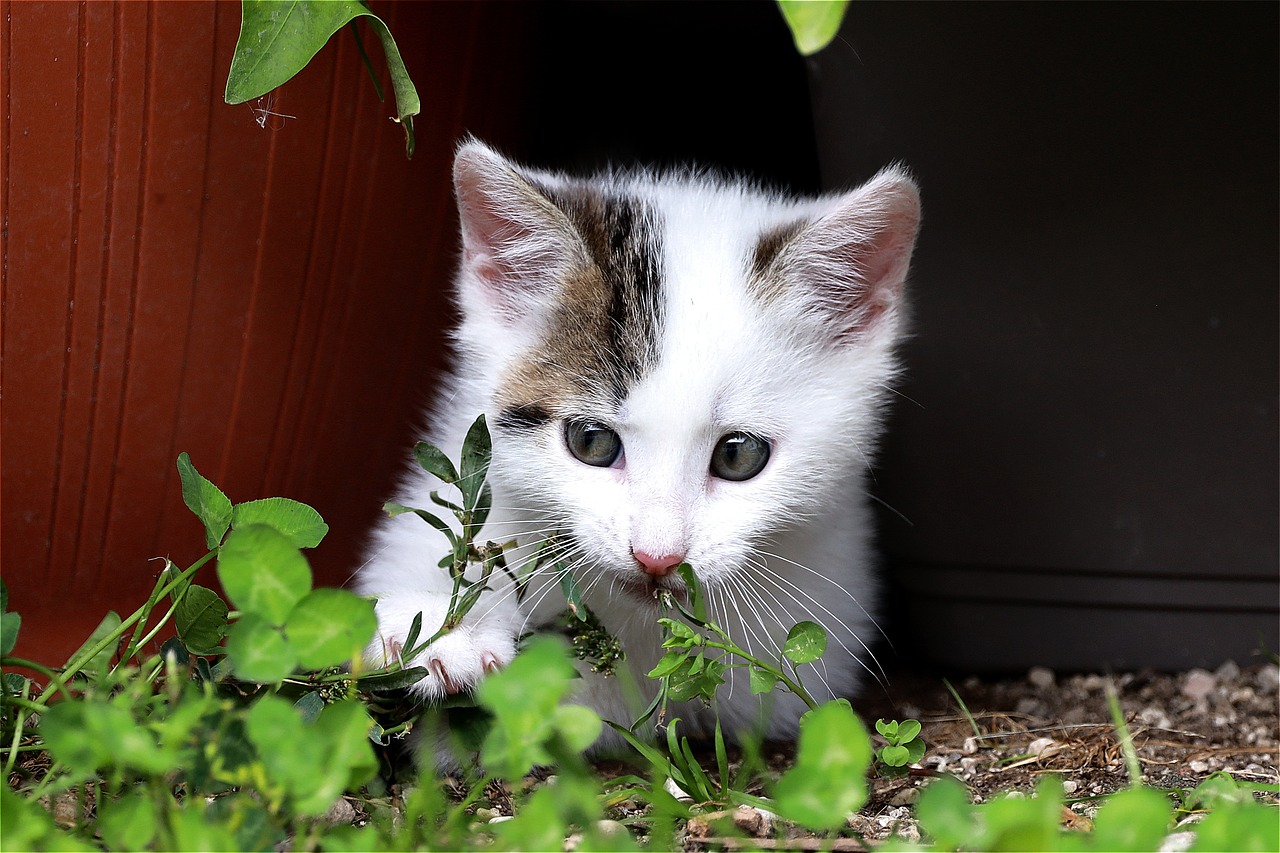
There are several responses your cat may have to bad energy. First, they may run and hide when they pick up on negative energy from someone. This safe spot gives them protection and maybe a hardwired response in cats as a survival mechanism from when they lived in the wild.
Other cats may respond to bad energy through aggressiveness, especially if feeling threatened. For example, they may swat at you or start growling or hissing. Some cats take a different approach entirely – they simply avoid the source of negative energy by walking away or refusing to engage.
Interestingly, felines can also choose to ignore you. They decide who they want to be around, and if your spirit gives them bad vibes, they may walk away to maintain their peace. It’s like having a therapist who charges no fees but offers brutally honest feedback through their body language.
The Mystery of Whiskers and Environmental Sensing
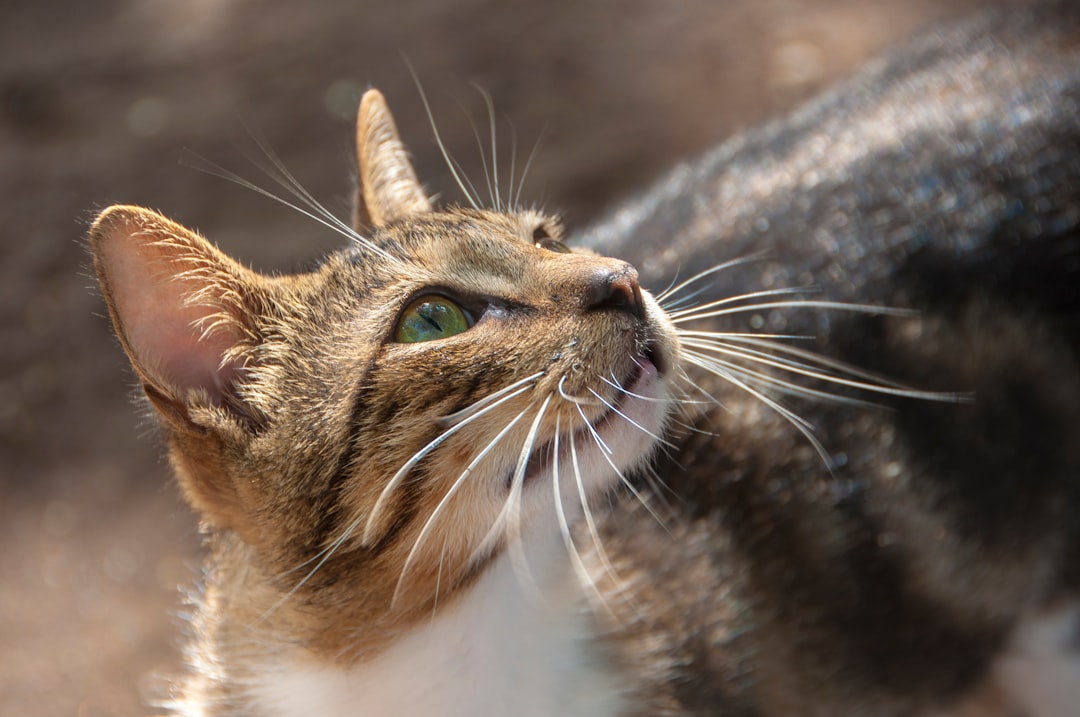
A cat’s whiskers are much thicker than ordinary cat hairs, with roots that extend much deeper in a cat’s tissue than other hairs. They have numerous nerve endings at their base, which give cats extraordinarily detailed information about nearby air movements and objects with which they make physical contact.
These remarkable sensory organs do more than help cats navigate tight spaces. The cat’s sophisticated sense of touch is always there to support and enhance their vision. Whiskers are a cat’s trusted radar and work as touch receptors that help them measure distances accurately. If you see the cat successfully navigating impossibly narrow spaces or gracefully leaping on thin ledges, whiskers are the ones putting in the hard work.
Think of whiskers as biological antennae constantly sampling air currents and pressure changes that might signal emotional tension in their environment. When humans are upset, our breathing patterns change, creating subtle air movements that cats can detect through these incredibly sensitive whiskers.
The Purring Connection: Neutralizing Negative Energy
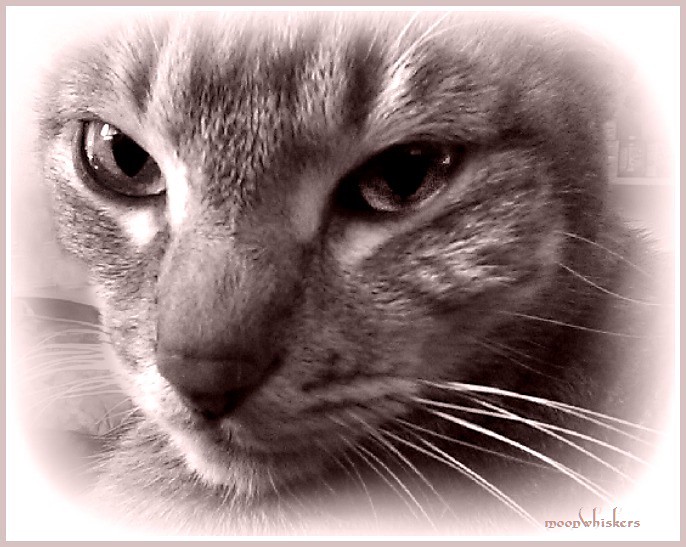
Another way for cats to neutralize negative energy is to purr. A cat is the only animal that emits a vibrating and relaxing sound when in harmony. This isn’t just a comforting sound for humans; it appears to be an active mechanism cats use to restore balance in their environment.
The frequency of a cat’s purr falls within a range that has been shown to promote healing and reduce stress in both cats and humans. When your cat curls up on you during a difficult time and begins purring, they’re essentially offering you sound therapy designed to counteract the negative energy they’ve detected.
Cats are great pets in this case, as they have a relaxing and calming effect that make people feel relaxed in their company. Having a cat can provide a positive effect on emotional health and mood, which can also be interpreted as a way of clearing energy. It’s a remarkable example of interspecies emotional support that happens naturally without any training or instruction.
Debunking Myths: Science vs. Supernatural Claims
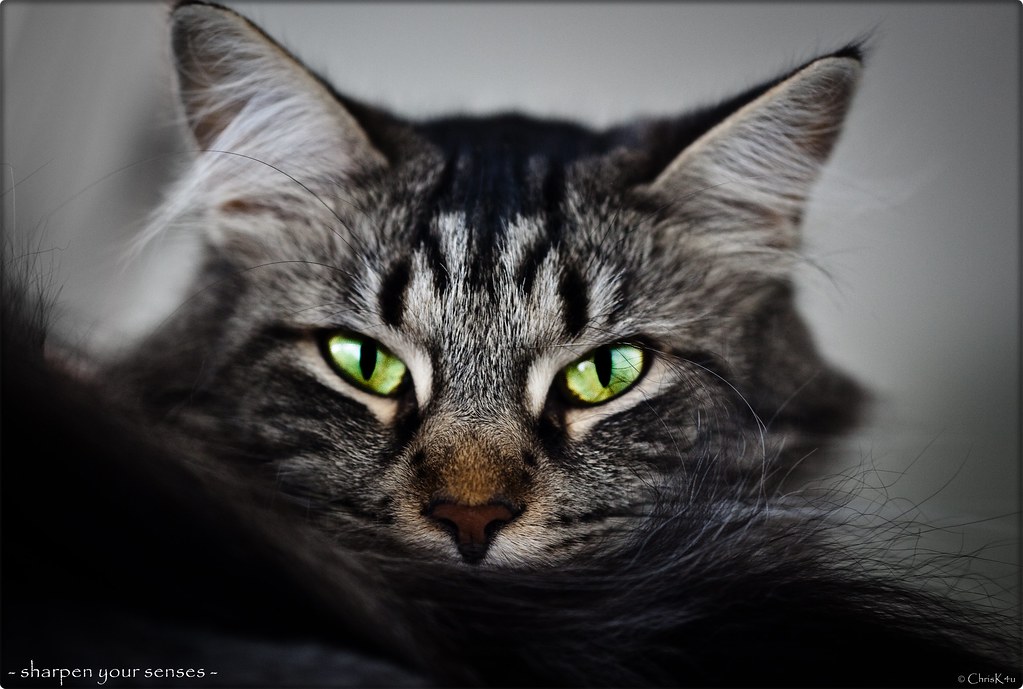
While cats’ ability to sense emotional changes is scientifically supported, it’s important to separate fact from fiction. No scientific evidence supports cats’ ability to detect supernatural or evil forces. Their seemingly mysterious behaviors can be explained through their sophisticated sensory abilities and natural instincts.
There is no proof that cats do absorb negative energy or can pick up on the bad energy of others. We can say that a person who does not like a cat, will belie their feelings through their body language, behaviors and hormone production. What many people interpret as mystical energy detection is actually cats responding to very real, measurable changes in human behavior, chemistry, and environmental conditions.
When people speak of cats and energy vibrations, the concept is more physiological than spiritual. This doesn’t make their abilities any less remarkable; if anything, understanding the scientific basis makes their intuitive responses even more impressive.
Understanding how cats truly sense what we call “bad energy” reveals something beautiful about the relationship between humans and their feline companions. These remarkable creatures have evolved sophisticated sensory systems that make them incredibly attuned to our emotional states, creating a form of interspecies empathy that goes far deeper than simple pet ownership.
Next time your cat seems to know exactly when you need comfort or appears to avoid someone who makes you uncomfortable, remember that they’re not reading your mind or detecting supernatural forces. They’re using millions of years of evolutionary refinement to perceive the world in ways we’re only beginning to understand. What do you think about your cat’s mysterious intuitive abilities?





